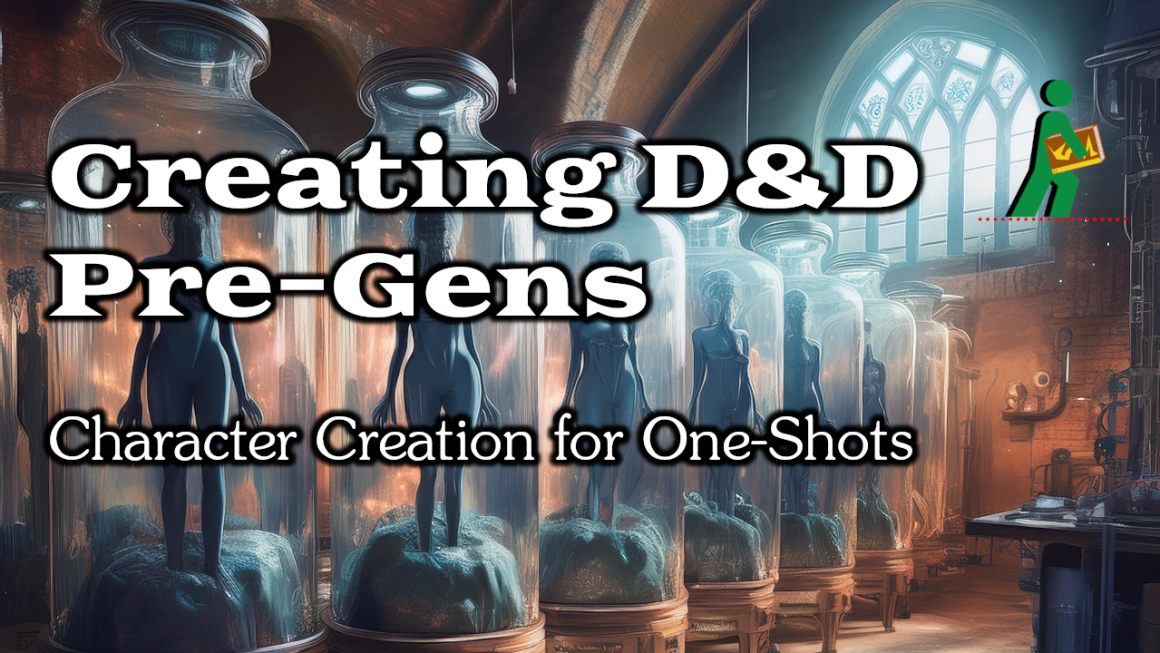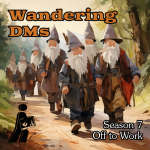
Creating D&D Pre-Gens | Character Creation for One-Shots | Wandering DMs S06 E28

Paul and Dan discuss creation of pre-generated characters for one-shot roleplaying games. From the fastest and easiest ways to quickly generate stats, to crafting unique back-stories that fit (or fight) with the plot. How does it differ between styles of game, and when, if ever, to let the players create their own characters for one-off and convention style games.
In both tabletop role playing games such as Dungeons & Dragons and role-playing video games such as Final Fantasy, a player typically creates or takes on the identity of a character that may have nothing in common with the player. The character is often of a certain (usually fictional) race and class (such as zombie, berserker, rifleman, elf, or cleric), each with strengths and weaknesses. The attributes of the characters (such as magic and fighting ability) are given as numerical values which can be increased as the gamer progresses and gains rank and experience points through accomplishing goals or fighting enemies.
Character creation (also character generation / character design) is the process of defining a player character in a role-playing game. The result of character creation is a direct characterization that is recorded on a character sheet. This may include a representation of the character’s physical, mental, psychological, and social attributes and skills in terms of the specific game’s mechanics. It may also include informal descriptions of the character’s physical appearance, personality, personal back-story (“background”), and possessions. Games with a fantasy setting may include traits such as race, class, or species. Character creation is the first step typically taken by the players (as opposed to the gamemaster) in preparation for a game.
This description uses material from the Wikipedia articles “Player Character” and “Character Creation“, which are released under the Creative Commons Attribution-Share-Alike License 3.0.

